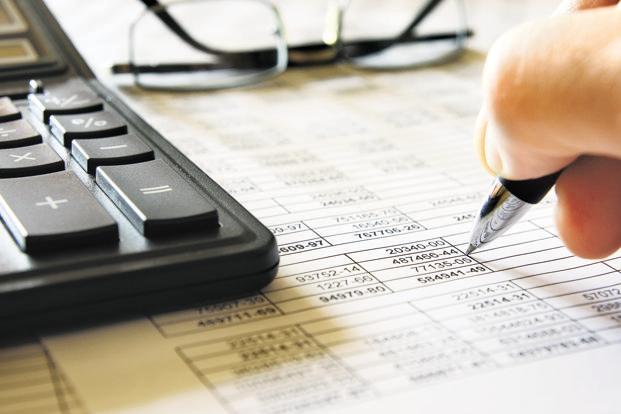
Your cash flow is one of the most important factors in your financial life. Understanding your cash flow is all about knowing where your money comes from and where it is going. Ideally, you have more money coming in than going out — but that’s not the reality for everyone. As you’re working on spending less or saving more, it’s essential to keep track of these numbers. Over time, you’ll become more familiar with your spending habits, and it will be easier to know what expenses can be eliminated or reduced. In simple terms, take charge of your money.
Stay on top of your budgeting: Often referred to as 50/20/30 budgeting, percentage budgeting is based on ideal allocations for your post-tax income. The ideal percentage outline—fixed expenses and life necessities such as housing, EMIs, credit card bills, cell phone bill (50%), savings and investments (20%) and flexible spending or lifestyle expenses such as food, entertainment, vacation, pets (30%). Fixed monthly expenses remain static over the year. Your salary account should maintain a balance only to service your fixed expenses. Rest of your salary should be transferred monthly to a liquid or ultra-short fund which can yield you about 6% annualised return. Your variable expenses can be monitored easily as you need to redeem your liquid or ultra-short funds and not just swipe your debit card. This 30% will give you opportunity to manage your cash flow.
Cut your expenses: While earning more income makes it easier to increase personal cash flow, it also makes it easier to spend more. Take a long, hard look at your budget and decide if there’s anything you can reasonably cut. If you don’t have a budget, now is a good time to look at where your money is going and where you can stop any bleeding. For example, if you’re not binging on Netflix, it might be fine to cut that subscription. Have you been living off Swiggy? Set a goal to cook for yourself more often. One of my clients Bina Chandiramani used to enjoy buying clothes online and realised she had a bag full of clothes she never used. Just by stopping this habit she has been able to channelize ₹5,000 a month into her investment plan.
Plan for infrequent recurring expenses: There are certain expenses that come up at random and throw off your progress. A car insurance premium, birthday gifts for your significant other and unplanned weekends are all a given each year. But as they happen infrequently, it can be tough to plan. Keep a list of each of your recurring expenses that don’t come up every month and consider putting a small amount of money aside each month for these expenses. That way your cash flow can stay steady through the year.
Set goals: Another client Akash Chandiramani wanted to pursue an MBA after 2 years of his first job. He kept this goal paramount and resisted clubbing, eating out at expensive restaurants and movies, so he could finance his dream course. Post an MBA, he has secured a job in an advertising agency as a client executive. He is now planning to buy a car. So the cycle continues.
If you’re cash flow negative or neutral, learning how to increase cash flow is the best thing you can do to reach your financial goals. There’s no one best way to do it, but it is important to find something that works for you. Create plan based on your situation and the available options and set short- and long-term goals to put that plan into action.
Nisreen Mamaji is certified financial planner and founder, MoneyWorks Financial Advisors.
[“Source-livemint”]













